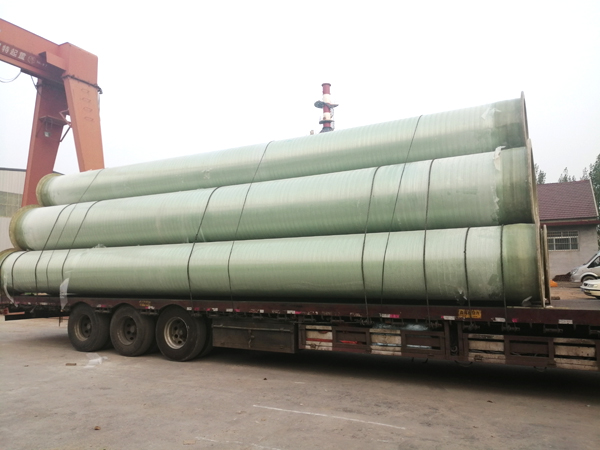Product Display
News
Contact
Contacts:Mr. Gao
Tel:+86-15006627337
E-mail:sales@lzgfrp.com
Add:Anqiu Development Zone, Weifang City,Shandong,China

FRP stands for Fiber Reinforced Polymer. FRP is a composite material formed from a polymer matrix reinforced with fibers. While the fibers used are usually glass fibers, such as GRP, other fibers such as carbon, aramid, or basalt are also used.
Fibre reinforced polymers are made of two primary constituents; fibres and a polymer matrix. In FRP, the fibre is embedded in a polymer matrix. This structure gives completely different chemical and physical properties than the properties of the individual materials. In fact, these materials satisfy higher engineering requirements than the ordinary materials. Hence composites are applied in less sophisticated to very sophisticate and demanding manufacturing tasks. Mechanical, civil, biomedical, marine, and the aerospace industries are main users of composite materials.
The primary role of fibres is to provide strength and stiffness to the material. But the fibre alone is brittle (ex: glass). Therefore, the fibres are encased in a coating of polymer materials. Polymer matrix holds the fibres in their position and transfers the loads between the fibres. It also contributes to the inter-laminar shear strength.
The fibres used in composite are as follows; E-glass, S-glass, Quartz, Aramid (Kevlar 49), Spectra 1000, Carbon (AS4), Carbon (IM-7), Graphite (P-100), and Boron. Polyesters, Vinyl Esters, Epoxies, Bismaleimides, Polyimides, and Phenolics are the polymers used. Each polymer has different chemical and physical properties; therefore, contribute differently to the composite structure. As a result, the composite properties are also different based on the polymer.
Polyester and vinyl are low cost materials, hence used extensively in commercial applications. Epoxies are used for high performance continuous fibre matrices. It also performs better than vinyl and polyester in high temperature conditions. Bismaleimides and Polyimides are high temperature resin matrices for use in temperature critical engineering applications. Phenolics are high temperature resin systems with a good smoke and fire resistance; therefore, used in aircraft interiors.


